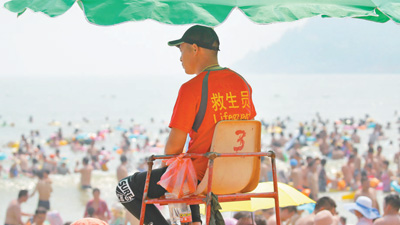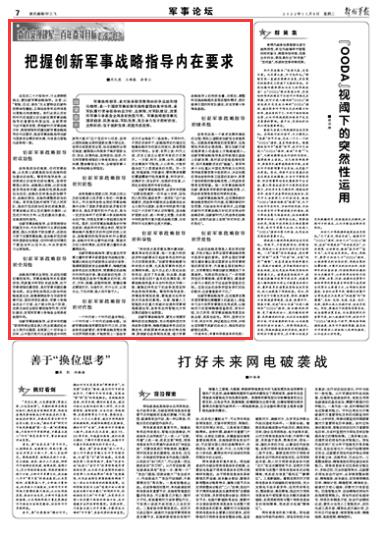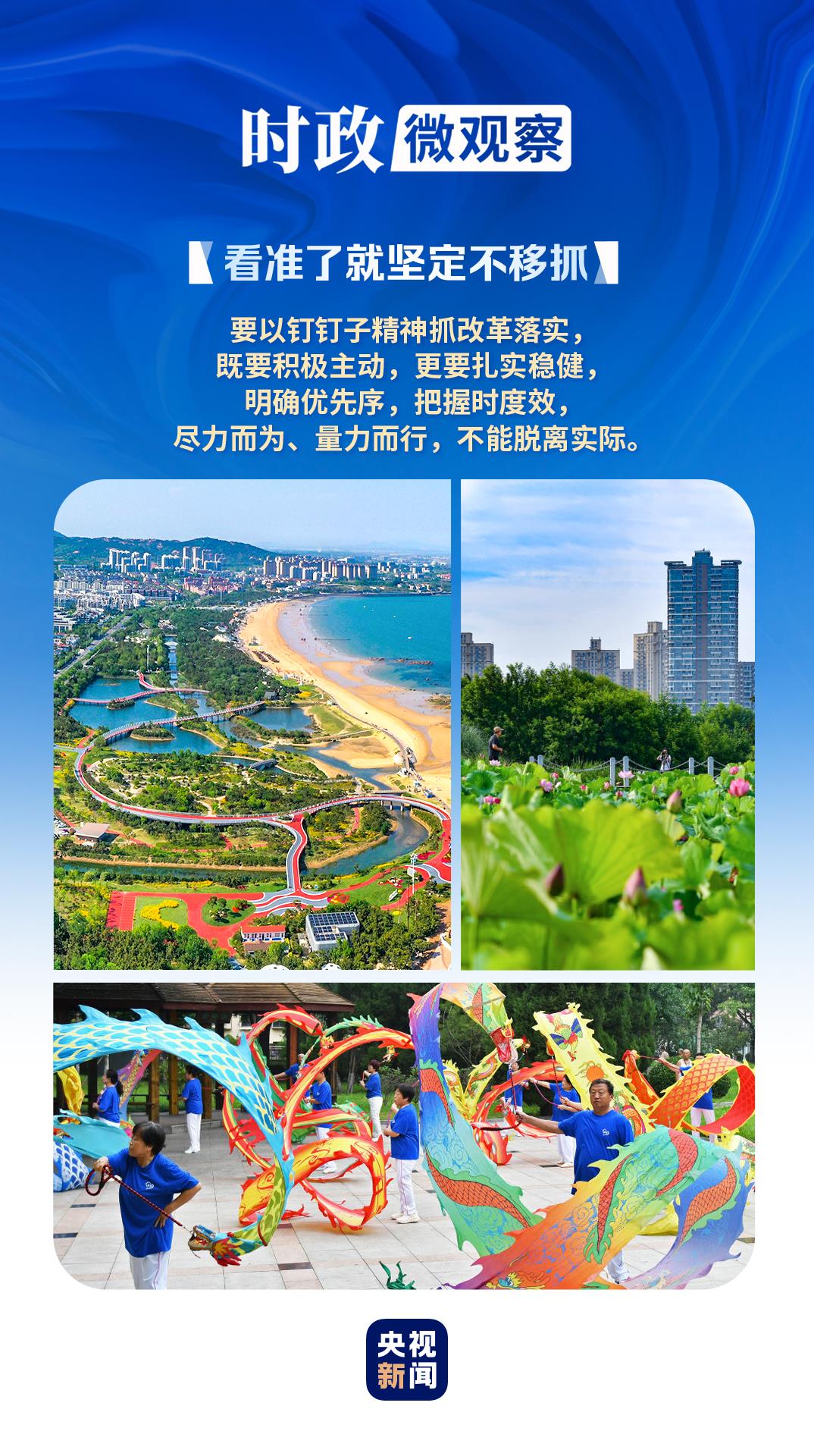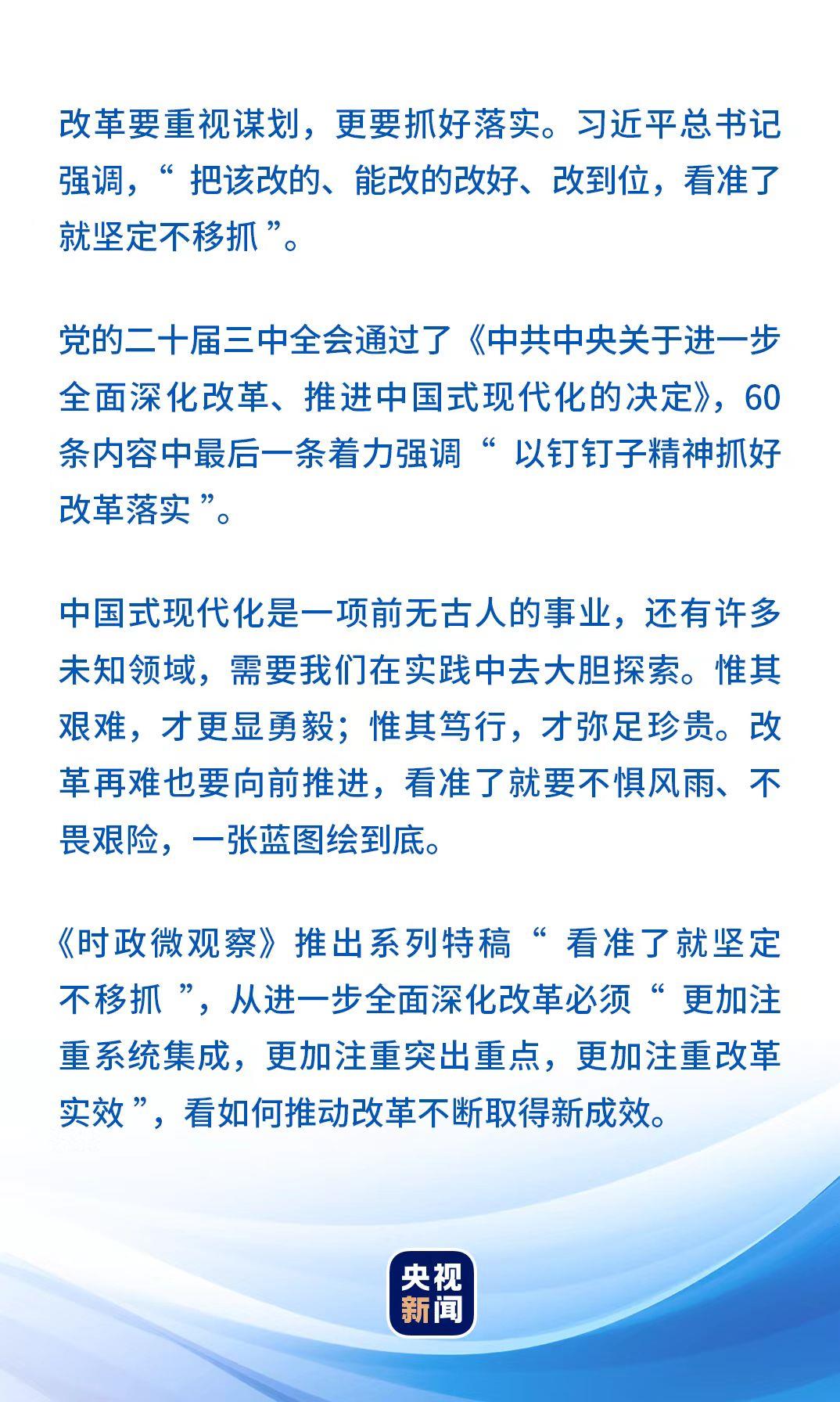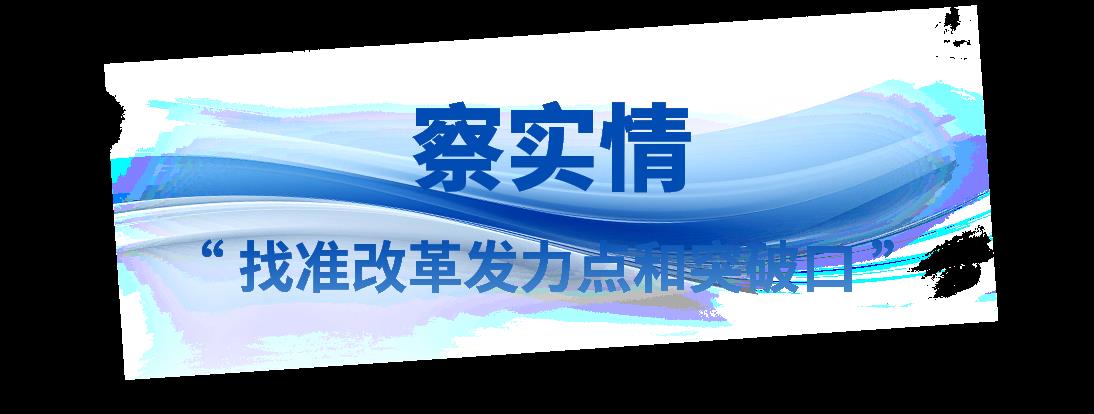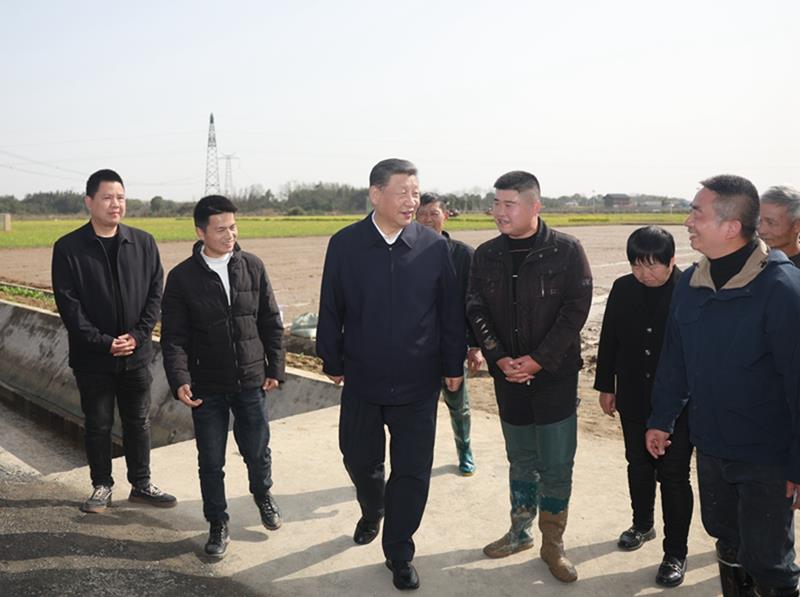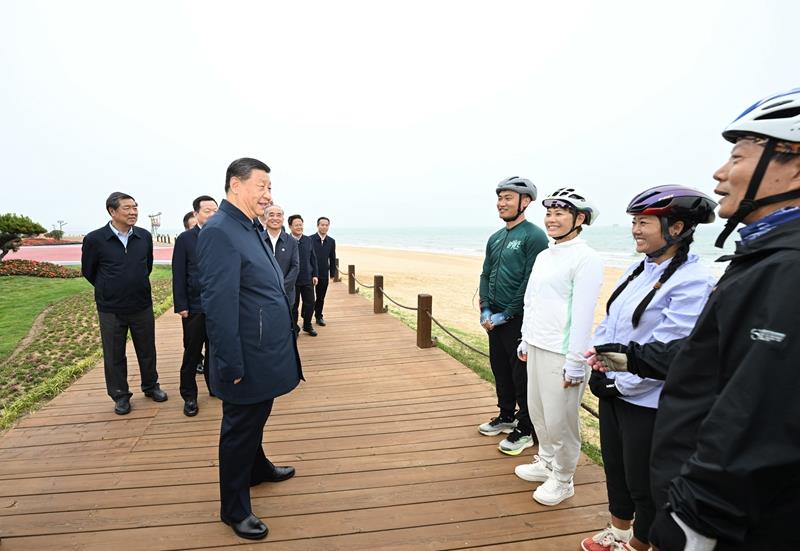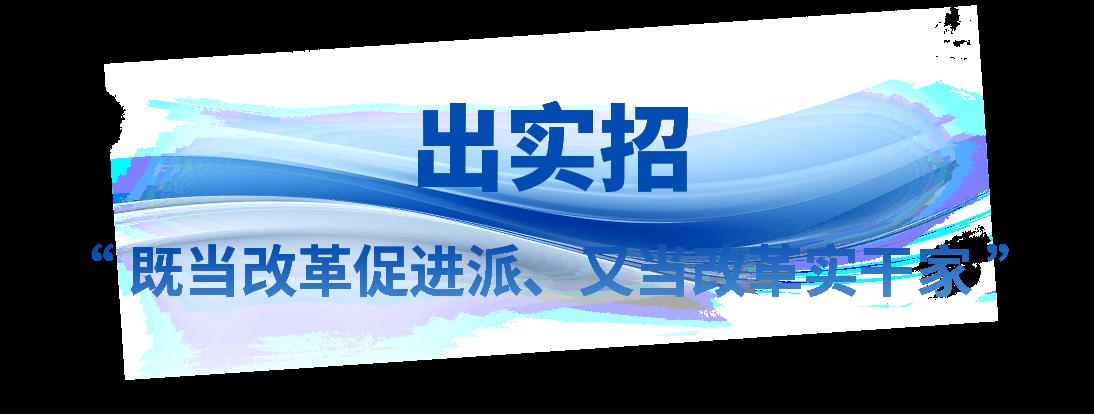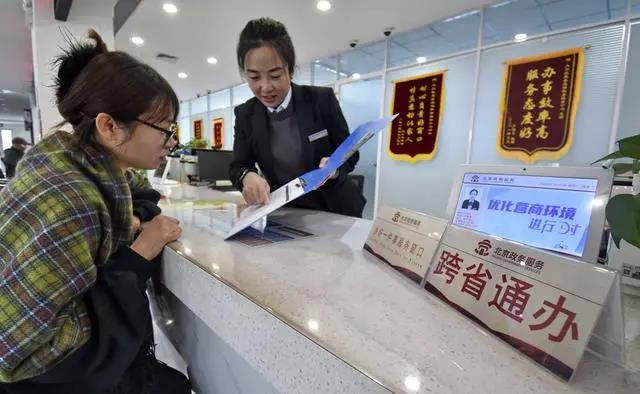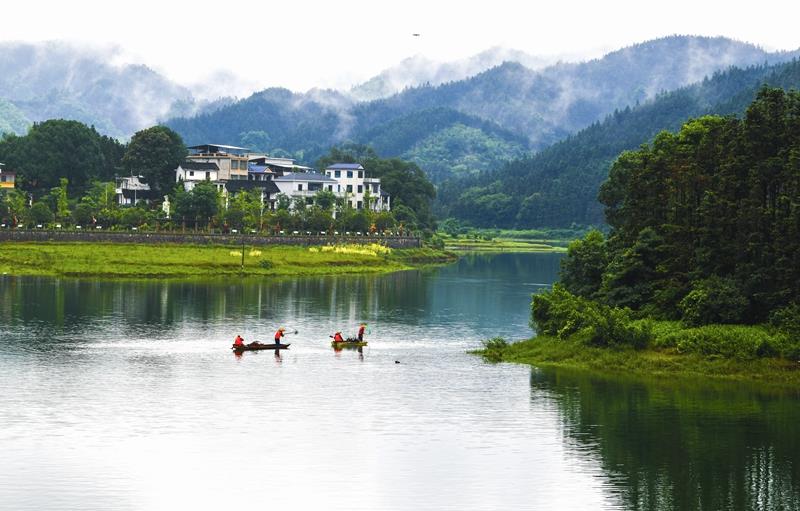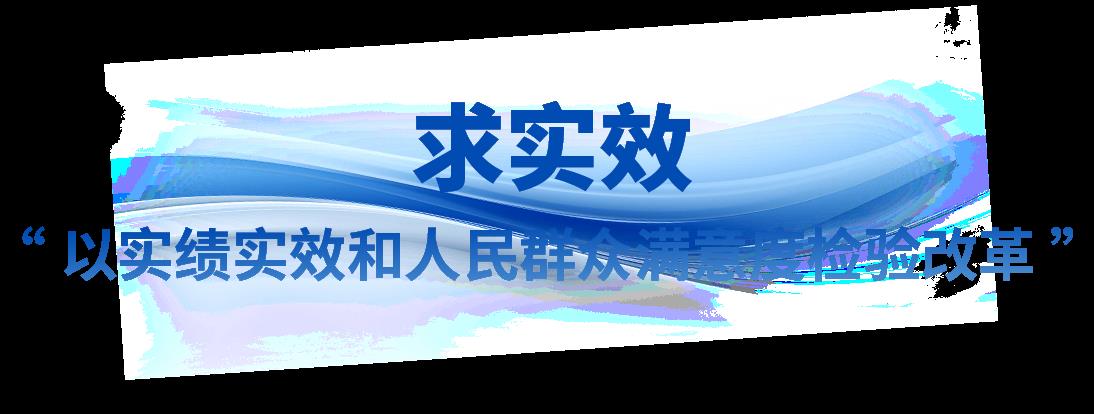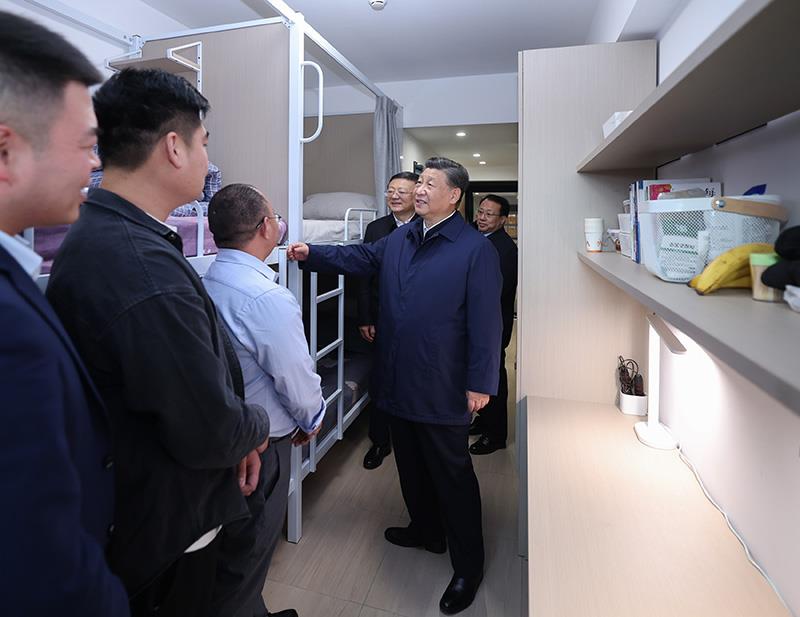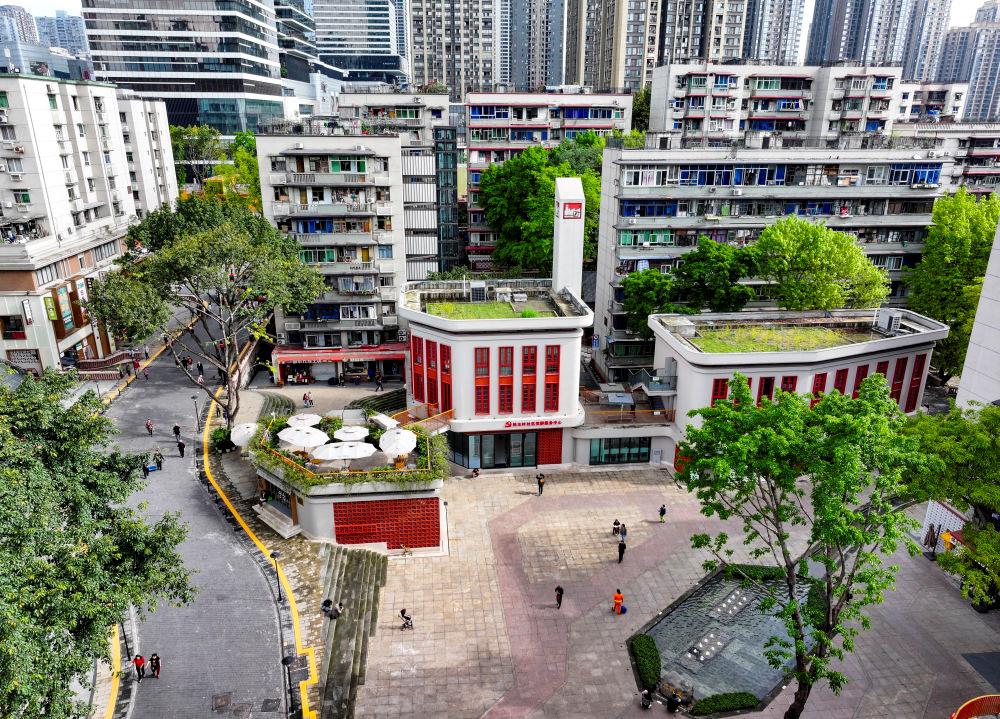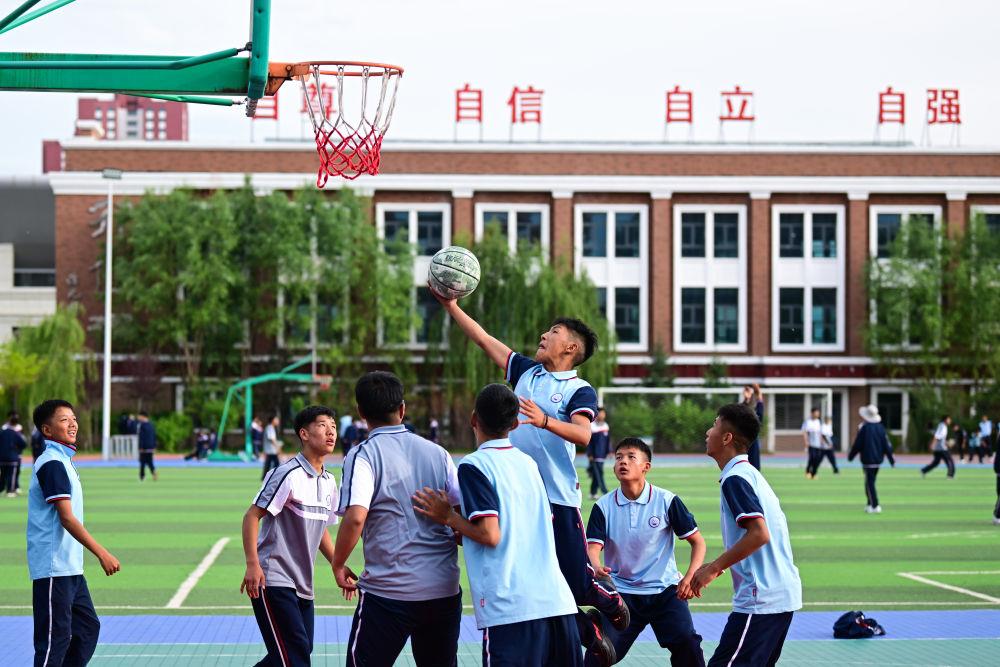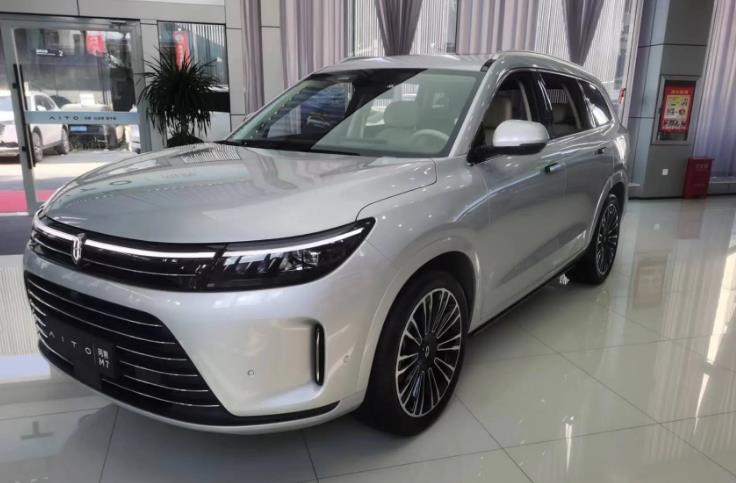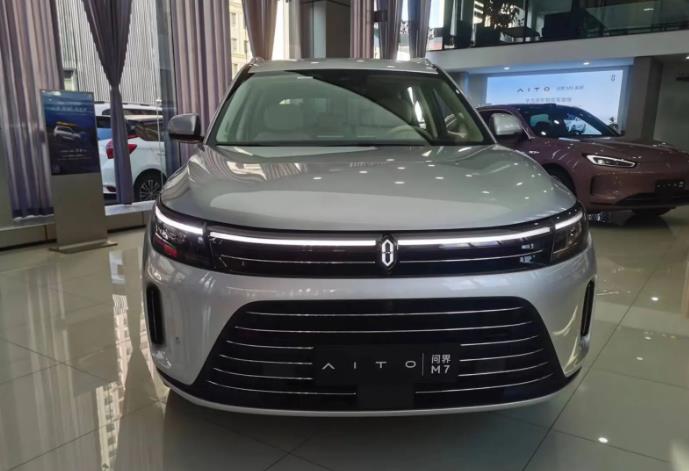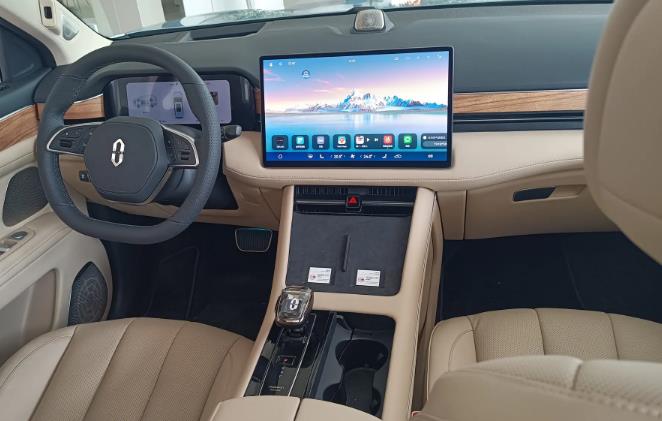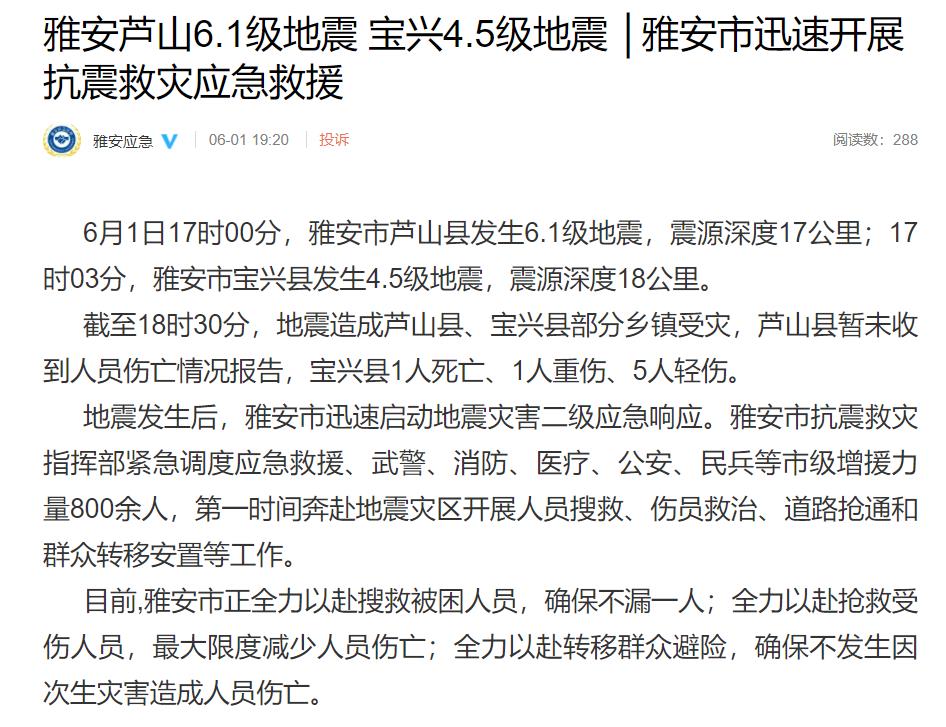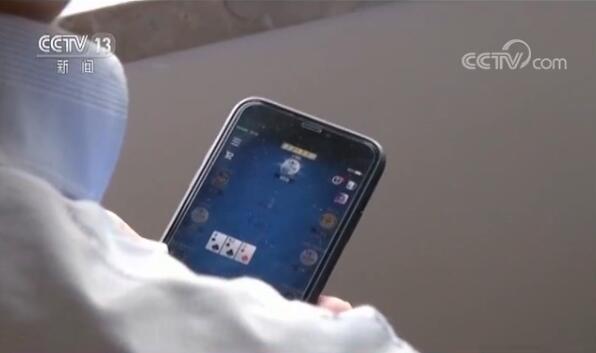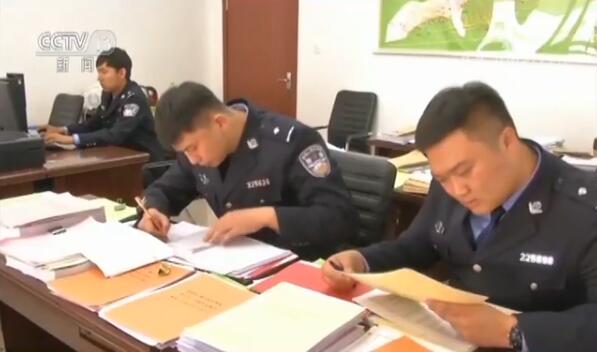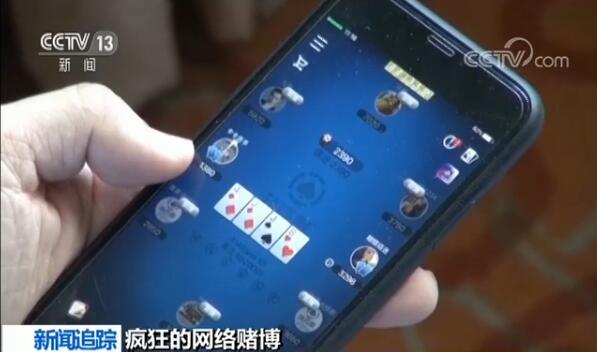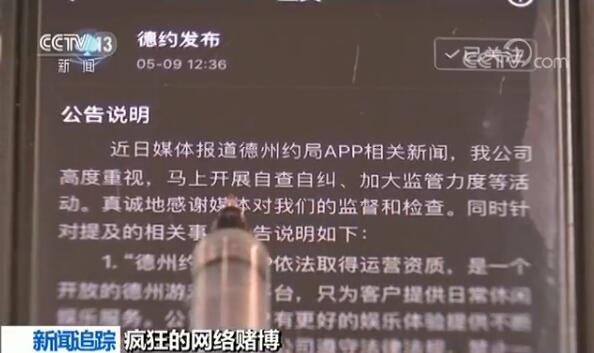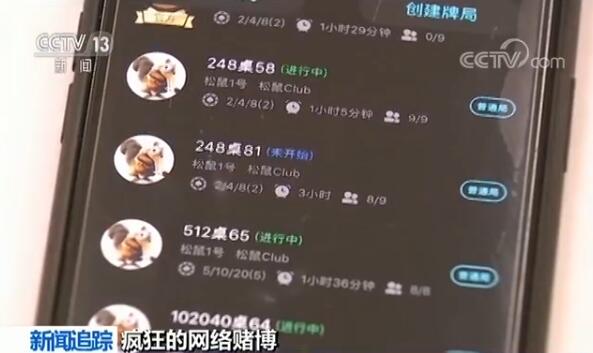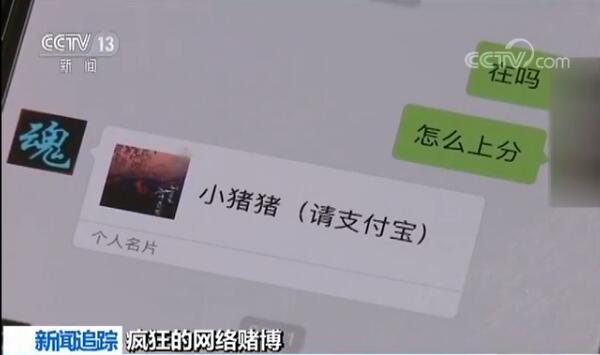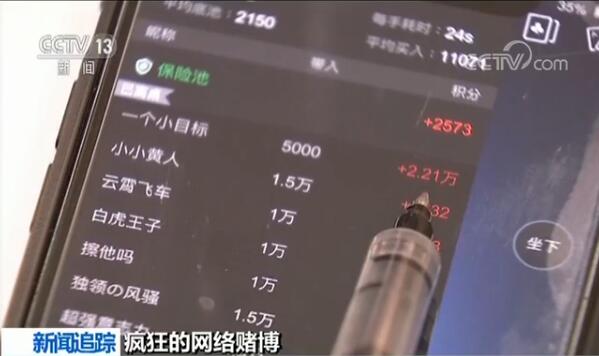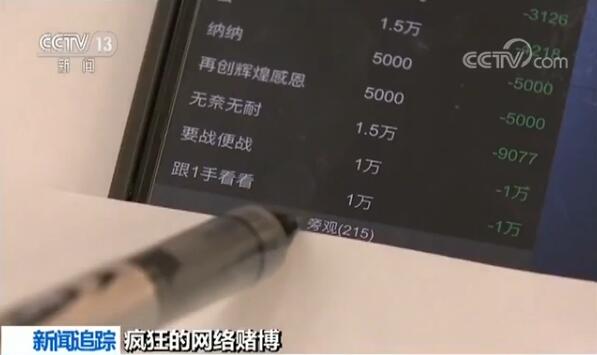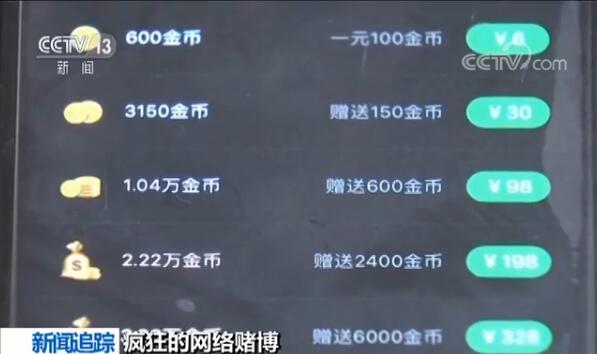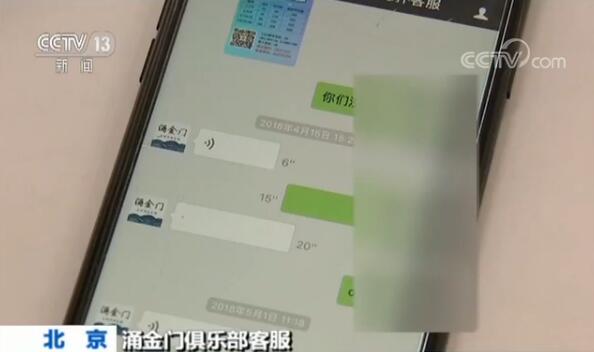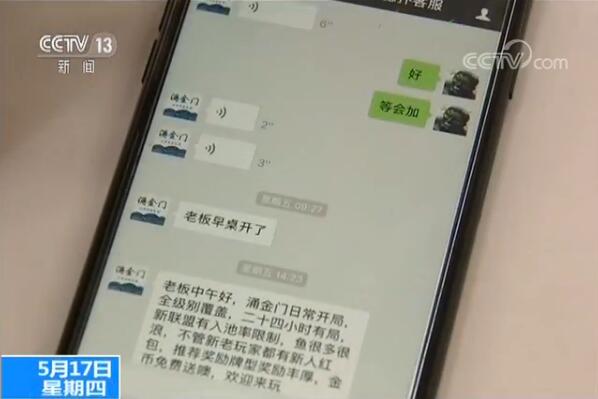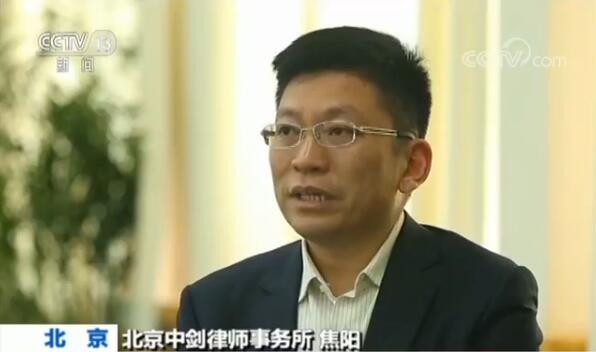Rain and snow affected snowstorms or extreme values in 23 provinces, such as Henan and Hubei.
CCTV News:According to the news of China Weather Network, it is predicted that the first round of rain and snow in the New Year will enter its peak stage on the 3rd, and the precipitation will spread to 23 provinces in northwest, north China, southwest and south of the Yangtze River, among which there will be snowstorms in parts of 5 provinces including Shaanxi, Henan and Hubei, and local snowstorms will occur. Snowfall is beneficial to the growth of overwintering crops, and can reduce dryness and eliminate haze, but the local precipitation may exceed the historical extreme value, so it is necessary to guard against the adverse effects on traffic.
The strongest snowfall period is coming, and the local areas in five provinces will approach or break through the precipitation extreme value.
On the first working day of 2018, rain and snow in China kicked off. Monitoring shows that there is light snow in central and eastern Gansu, central and southern Ningxia, central Shaanxi and other places, and local snow; There is moderate to heavy rain in central and western Yunnan.
The rain and snow process has a wide range, which will spread to the eastern northwest, southern North China, the eastern southwest and Jiangnan, affecting 23 provinces (autonomous regions and municipalities), and the precipitation range will exceed 4 million square kilometers. Among them, heavy snowfall lasts for a long time in southwestern Shaanxi, Henan, northern Anhui and northern Jiangsu.
Today and tomorrow, rain and snow will enter the peak stage, with heavy snow in parts of Shaanxi, Henan, Hubei, Jiangsu, Anhui and other places. To this end, the Central Meteorological Observatory continued to issue a yellow warning of blizzard at 6 o’clock this morning. Among them, Shaanxi, Shanxi and Henan have the strongest snowfall today; Central and northern Anhui and central and northern Jiangsu will be the strongest tomorrow. Zhengzhou and Xi ‘an in provincial-level cities will encounter strong snowfall, and Hefei, Wuhan and Nanjing may usher in snow at the beginning of this winter. The precipitation intensity in southeastern Shaanxi, western Henan and northwestern Hubei is high, and some areas are likely to break the record of extreme daily precipitation in January. Rain and snow are mixed in central and northern Anhui and central and northern Jiangsu, and the precipitation intensity will be rare in January.
Today, rain and snow are at their peak, and the dividing line between rain and snow will move eastward and southward to the south of Shaanxi, the northwest of Hubei and the Jiangsu-Anhui-Huaihe River. The Central Meteorological Observatory predicts that there will be heavy snowstorms in Shaanxi, Shanxi, Hubei, Henan and Anhui from 08: 00 on the 3rd to 08: 00 on the 4th. There are moderate to heavy snow or sleet in the eastern part of northwest China, south-central Shanxi, central and western Huanghuai, northern Jianghuai, Jianghan and southeastern Qinghai-Tibet Plateau, among which there are heavy snow (10 ~ 18 mm) in parts of south-central Shaanxi, western and northern Hubei, southern Henan and northwestern Anhui. There are moderate to heavy rains and local heavy rains in parts of the eastern and southern parts of southwest China, northern Jiangnan and northwestern Guangxi.
The day after tomorrow, a large range of rain and snow developed eastward, and the dividing line between rain and snow further pressed southward and eastward. It is estimated that there will be heavy snowstorms in Henan, Hubei, Jiangsu and Anhui from 08: 00 on the 4th to 08: 00 on the 5th. There are moderate to heavy snow or sleet in southern North China, most of Huanghuai, Jianghuai, Jianghan, northwestern Jiangnan and northeastern China. Among them, there are blizzards in parts of southeastern Henan and central and northern Jiangsu and Anhui, and there are heavy blizzards in the local area. There are freezing rains in parts of northwestern Hunan and eastern Guizhou. There are small to moderate rains in the eastern part of southwest China, southern Yunnan, central and eastern Jiangnan, and southern China, and there is heavy rain in the local area.
Due to the less precipitation since beginning of winter, many places are relatively dry in the early stage. Rain and snow have a positive impact on eliminating fog and haze, purifying the air, reducing the incidence of diseases and reducing forest fire. In addition, the place covered by rain and snow is the winter wheat planting area. Snowfall can improve soil moisture and effectively inhibit pests and diseases, which is very beneficial to the growth of winter wheat. It can be described as "auspicious snow and good harvest". At the same time, it is also necessary to guard against the adverse effects of local heavy snowfall on facility agriculture.
In addition, snow and ice will also have an adverse impact on traffic. On the highway side, this snowfall may lead to more than 10 cm of snow in the areas of southern Shaanxi, southwestern Shanxi, western Hubei, south-central Henan and northern Jiangsu and Anhui. The sections of Beijing-Hong Kong-Macao Expressway, Daguang Expressway, Erguang Expressway, Lianhuo Expressway, Shanghai-Shaanxi Expressway and Ningluo Expressway passing through the above areas may be temporarily closed on 3-4 days. In terms of air transport, flights may be delayed or even cancelled at airports in Xi ‘an, Zhengzhou and Xuzhou. Remind the public with travel plans to arrange their trips reasonably, and pay attention to traffic safety and drive carefully when going out.
The cooling area crosses the Yangtze River, Wuhan, Changsha and other places with the highest temperature near freezing point.
Yesterday, under the influence of rainy weather and cold air, there was a large-scale cooling from northwest, north and northeast to Huanghuai, western Jianghuai and Jianghan. The monitoring shows that the temperature in Gansu, Ningxia, Shaanxi, western Inner Mongolia, Shanxi to Henan, northern Shandong and northern Anhui dropped by 4-8℃ compared with the previous day, and the local temperature was about 10℃.
Today and tomorrow, with the full spread of rain and snow and the influence of cold air, the cooling area will gradually cross the Yangtze River and extend to the southwest and most of the south of the Yangtze River. It is estimated that the maximum temperature zero line will be pushed south to Huanghuai area on the 4th to 5th. For example, the maximum temperatures in Xi ‘an and Zhengzhou will fall below freezing point for the first time this winter, and Wuhan, Hefei, Nanjing and Changsha in the middle and lower reaches of the Yangtze River will also drop to 0℃.
The lowest temperature zero line will extend to the Yangtze River again, and it will be wet and cold in the morning and evening. However, in the eastern part of northwest China, the western and northern parts of North China and the western part of Huanghuai, it will fall below -10℃, and it is also a frozen person. For example, in Zhengzhou, the highest temperature is still 9.2℃ on the 1st, and it will drop to -4℃ on the 5th, which is more than 10℃ lower than normal. On the morning of the 5th, the lowest temperature may be as low as -11℃, which will not only be the lowest temperature since this winter, but also break the record of the lowest temperature since 2000.
The No.1 typhoon this year may generate gusts of 10-11 in parts of the South China Sea.
In addition to a wide range of rain and snow to cool the weather, we need to pay attention to the news of the typhoon. Monitoring shows that the center of the tropical depression in the South China Sea is located at 5 o’clock this morning in the southeast of the South China Sea about 340 kilometers north-east of Yongshu Reef in the South China Sea. It is estimated that the center of low pressure will move westward at a speed of 25-30 kilometers per hour, and its intensity will gradually increase, and it may develop into the No.1 typhoon this year in the next 12 hours, and then it will tend to the coast of southern Vietnam after passing through the waters near Nansha Islands.
Affected by this, from 08: 00 on the 3rd to 08: 00 on the 4th, there will be 7-8 winds in most of the South China Sea and the northern Nansha Islands, among which the winds in some parts of the southern South China Sea and the northern Nansha Islands can reach 9 and the gusts are 10-11.
